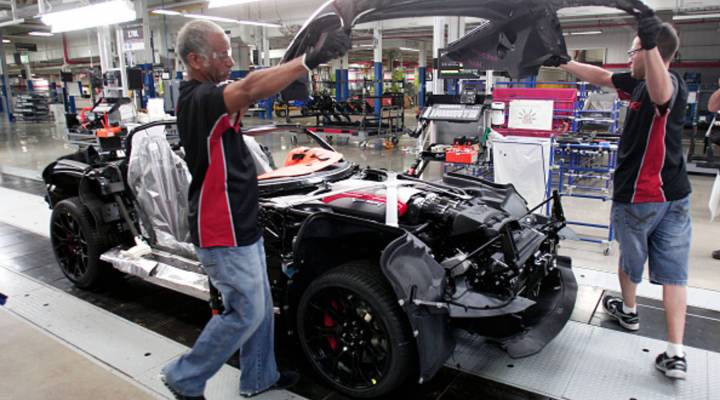
15 years of labor shortages predicted for the U.S. economy
Share Now on:
15 years of labor shortages predicted for the U.S. economy

Whenever unemployment drops as low as it is now — 5 percent in the U.S. as of March — employers start to complain about labor shortages. Business associations for manufacturers, small businesses and technology firms have been beating the drum for several years now saying it is ever-more difficult to find and hire qualified workers for positions they currently have open.
Now, the Conference Board, a leading global economic research organization, is backing up those claims with “Help Wanted”, a report released Tuesday. It documents emerging labor shortages in a wide range of industries across many regions of the country. Gad Levanon, chief economist for North America, said the situation results from a confluence of demographic and economic factors, including:
-Retiring Baby Boomers are vacating jobs faster than young workers can replace them, especially in occupations that employed a large number of men and women who came of age in the 1950s and 1960s, such as the skilled trades, manufacturing and health care.
-Labor productivity has fallen dramatically in the past decade, meaning that labor shortages are not likely to be offset by accelerating the deployment of automation and other labor-saving technology.
-Business conditions, such as slow corporate revenue growth, high labor costs and a rising quits rate, are likely to exacerbate labor shortages for forprofit and nonprofit employers as the Boomer generation ages over the next 15 years.
Levanon predicts that as the U.S. labor market continues to tighten and the economy approaches “full employment,” employers will be forced to offer higher pay to attract the skilled workers they need. (Since the recession ended, wage growth has been anemic across most professions.) Levanon said some employers may also have to settle for hiring workers who are less-qualified, with less consistent work histories and educational attainment, and may try to provide more on-the-job training for new employees.
Levanon said this would be a marked change from employers’ behavior before the recession.
“There was an increase in qualifications — ‘opportunistic upscaling,’” said Levanon. “During the weak period of the labor market, companies were able to get away with increasing qualifications, both for experience and education. And now, when the labor market gets tighter, it takes them more and more time to fill positions.”
As evidence, he pointed to the “vacancy duration,” the average time it takes for an employer to fill a position, which he said is much higher than before the recession, and well outside the range that would be expected in a labor market with unemployment of 5 percent or lower.
There’s a lot happening in the world. Through it all, Marketplace is here for you.
You rely on Marketplace to break down the world’s events and tell you how it affects you in a fact-based, approachable way. We rely on your financial support to keep making that possible.
Your donation today powers the independent journalism that you rely on. For just $5/month, you can help sustain Marketplace so we can keep reporting on the things that matter to you.












